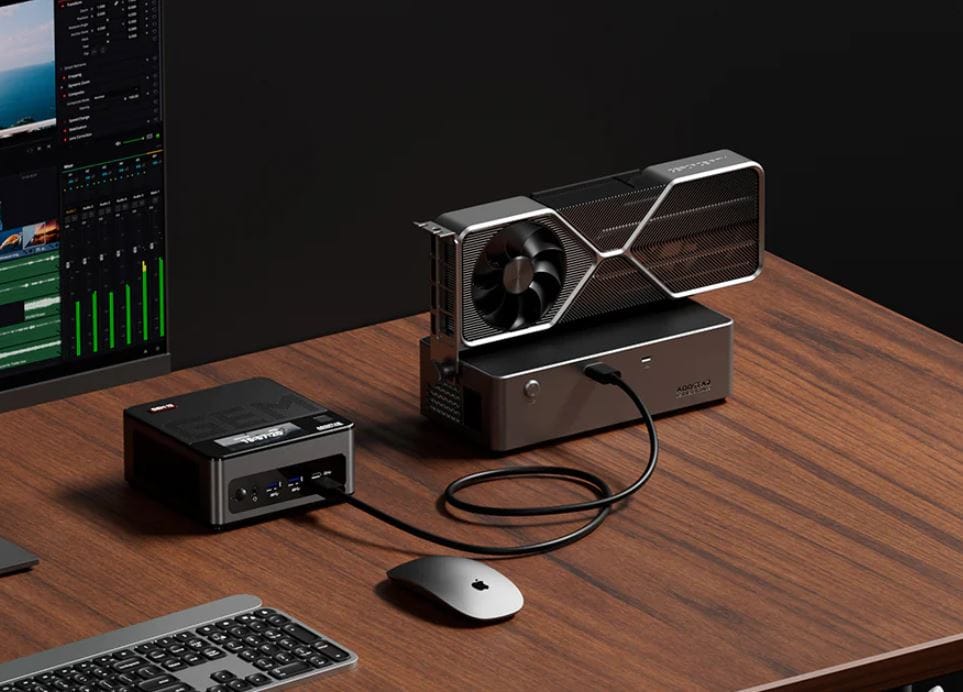Lenovo India has launched the ThinkPad T14s Gen 6 (AMD), a small yet powerful AI-focused computer aimed at businesses and IT users. The heart of this machine is the AMD Ryzen AI 7 PRO 360 processor, which boasts the ability to provide up to 50 TOPS of AI processing power. This makes it highly effective for advanced data analysis and real-time machine learning applications.
Features of the ThinkPad T14s Gen 6 (AMD)
The ThinkPad T14s Gen 6 includes a 14-inch WUXGA touchscreen and maintains a solid ThinkPad design recognized for its durability. With the 4nm architecture Ryzen AI 7 PRO 360 processor, it integrates AMD Radeon 880M graphics to ensure smooth performance even for graphic-intensive tasks. It claims a battery life exceeding 17 hours on a single charge, ideal for professionals needing consistent productivity throughout their workday.
Enhanced Security and Connectivity
Security is a major focus for this laptop, which incorporates Lenovo’s ThinkShield to safeguard sensitive information. It offers a variety of connectivity options, such as dual Thunderbolt 4 ports, Wi-Fi 7 for speedy wireless connections, USB-A ports, HDMI, and an optional SIM slot for added versatility.
The laptop comes in different configurations, supporting up to 64GB of LPDDR5X RAM and up to 1TB of SSD storage. It runs on either Windows 11 Pro/Home or Ubuntu Linux. Weighing just 1.30kg, the ThinkPad T14s combines portability with power, and features a 58Wh battery that supports 65W rapid charging for quick power-ups.
Pricing and Availability
The starting price for the Lenovo ThinkPad T14s Gen 6 (AMD) is Rs. 1,37,270 for the model with 32GB RAM and 256GB SSD storage in the Eclipse Black color. It is currently available for purchase on Lenovo’s official website and at select retail stores.



















